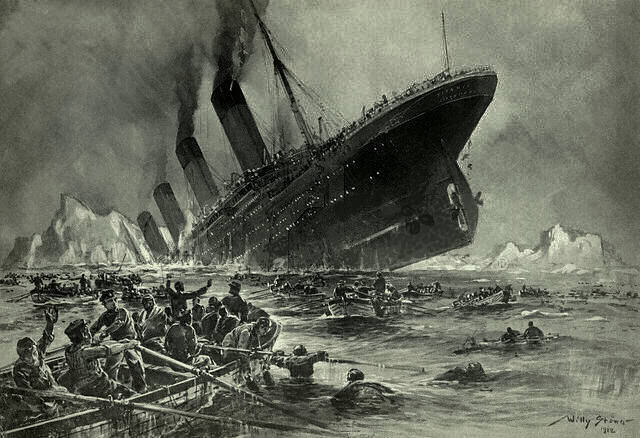
Ah, the wonders of modern air travel. We were on the plane in good time. And then we sat there. And sat there. With no explanation. I began to wonder whether I would make my already tight connection in Amsterdam.
Then the captain told us that the navigational equipment had failed, and that there was no suitable replacement part at the Helsinki airport. One would need to be flown in from Amsterdam. Which pretty well answered my question about whether or not I would make my connection.
And then the flight was cancelled altogether, and we all stepped off the plane and into a very long and slow-moving line in order to find out what might be done as an alternative.
So I’m now sitting here in an airport lounge in Helsinki. It’s nicer than being on the plane, of course, with the sole drawback that the lounge isn’t moving at all (apart, perhaps, from continental drift) toward my home.
Oh well. If all goes according to plan — if! — I’ll be home on Wednesday night rather than early on Wednesday afternoon. So it could easily have been much worse. It’s surely better than sailing for weeks in steerage, and considerably better than hitting an iceberg or freezing to death at Martin’s Cove. Of course, I’m not home yet, either.
Anyway, standing in the line gave me a chance to get to know someone else who was standing in it. She’s a Finnish member of the Church, a returned London South missionary, who was at the Sunday night fireside in Helsinki and recognized me from it, and who is on her way to Utah for a brief vacation with a friend who lives there. I managed to come up with seats following the same route that I was originally following, to Salt Lake City via Amsterdam. She is now traveling to Salt Lake City by way of New York City. We had a nice conversation, because the line was glacially slow.
I’m a little bitter, because I had to get up really, really early, before they had put out the regular breakfast at the airport hotel. However, their croissants were really good and really fresh.
Did you know that some Islamic fundamentalists refuse to eat croissants? Apparently, they do. Why? Because of this idea:
According to one of a group of similar legends, which vary only in detail, a baker of the 17th century, working through the night at a time when his city (either Vienna in 1683 or Budapest in 1686) was under siege by the Turks, heard faint underground rumbling sounds which, on investigation, proved to be caused by a Turkish attempt to invade the city by tunneling under the walls. The tunnel was blown up. The baker asked no reward other than the exclusive right to bake crescent-shaped pastries commemorating the incident, the crescent being the symbol of Islam. He was duly rewarded in this way, and the croissant was born. The story seems to owe its origin, or at least its wide diffusion, to Alfred Gottschalk, who wrote about the croissant for the first edition [1938] of the Larousse Gastronomique and there gave the legend in the Turkish attack on Budapest in 1686 version; but on the history of food, opted for the ‘siege of Vienna in 1683’ version. (Alan Davidson, Oxford Companion to Food)
It appears, though, that the legend is not true. Hélas!
Posted from Helsinki, Finland










